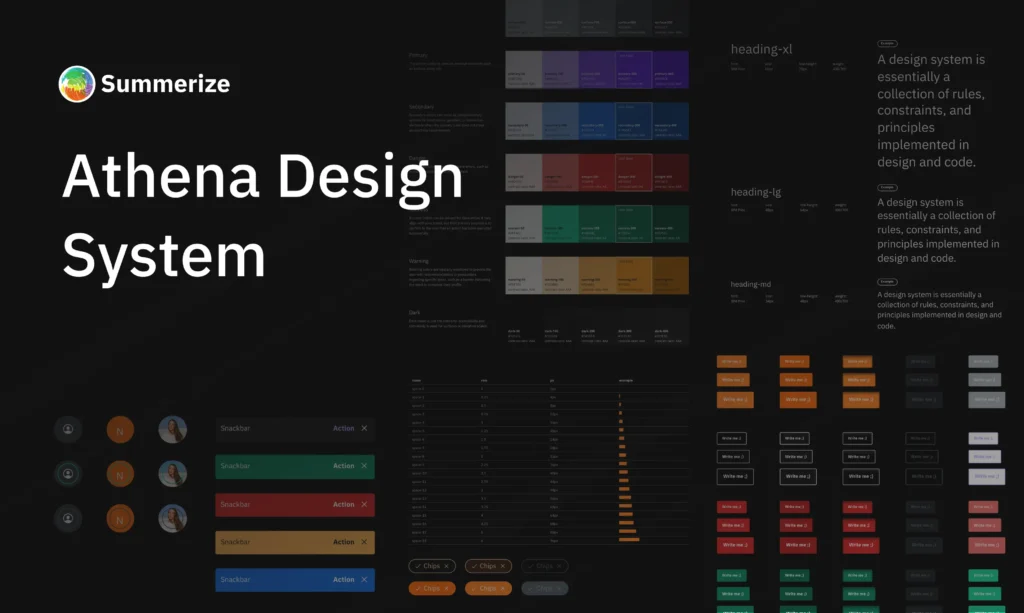Design Systems
- * Typography
- *Scale
- * Line height
- * fonts
- * Responsive
- * Typography
- *Scale
- * Line height
- * fonts

I analyzed 40+ Systems!
In my recent study of typography across 44 design systems, I identified common patterns and distilled them into nine key insights. These insights address frequent questions about
Overview
I began by focusing on systems built in Figma to quickly extract and study text styles. Using resources from designsystems.com and designsystemsforfigma.com, I assumed these collections contained the top design systems.
Data Collection
I created a spreadsheet on Google Sheet to map out standard variables such as text style name, font name, font weight, etc. I extracted 127 text styles and sorted, grouped, and created charts to look for common patterns.
Insights
Fonts
What are the most common fonts used by these systems? Here’s a bar chart illustrating this. The x-axis displays all fonts, while the y-axis shows the number of design systems using each font. These top fonts are either native fonts or Google fonts, likely chosen for their wide availability and performance benefits.
Five out of 44 (11.36%) used
Roboto
seven out of forty-four systems (15.9%) used
Inter
SF Pro Display
SF Pro Text
Text Syles
2.Heading: Creates titles for sections, helping users quickly navigate.
3.Body: Contains the main content, including links.
4.Label: Also known as subtitles, captions, or small text, supporting body text.
Naming Conventions
Text styles often follow a pattern consisting of a base and up to two modifiers. For example, “Display Extra Large” where “Display” is the base and “Extra Large” is the modifier.
Type Scales
Font Sizes
Common font sizes were identified for each level:
Line Height
Label: Average 141.76%
Letter Spacing
Letter spacing values were provided in percentages:
Heading: -2% to 0%
Body: 0% to 1%
Larger font sizes have tighter spacing, while smaller sizes have looser spacing.
Responsive Design
1. Separate Text Style Groups per Breakpoint Range: Scale down all text styles for each breakpoint range by adjusting the base size in the type scale.
3. Scaling Down Largest Headings per Breakpoint Range: Scale down headings 1-4 for smaller breakpoint ranges, keeping headings 5-6 unchanged.